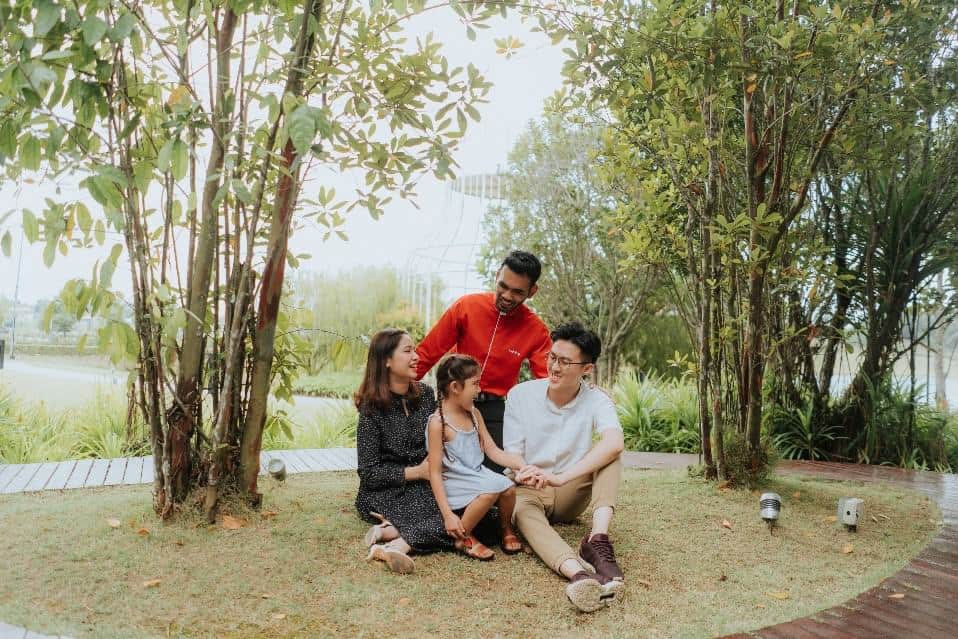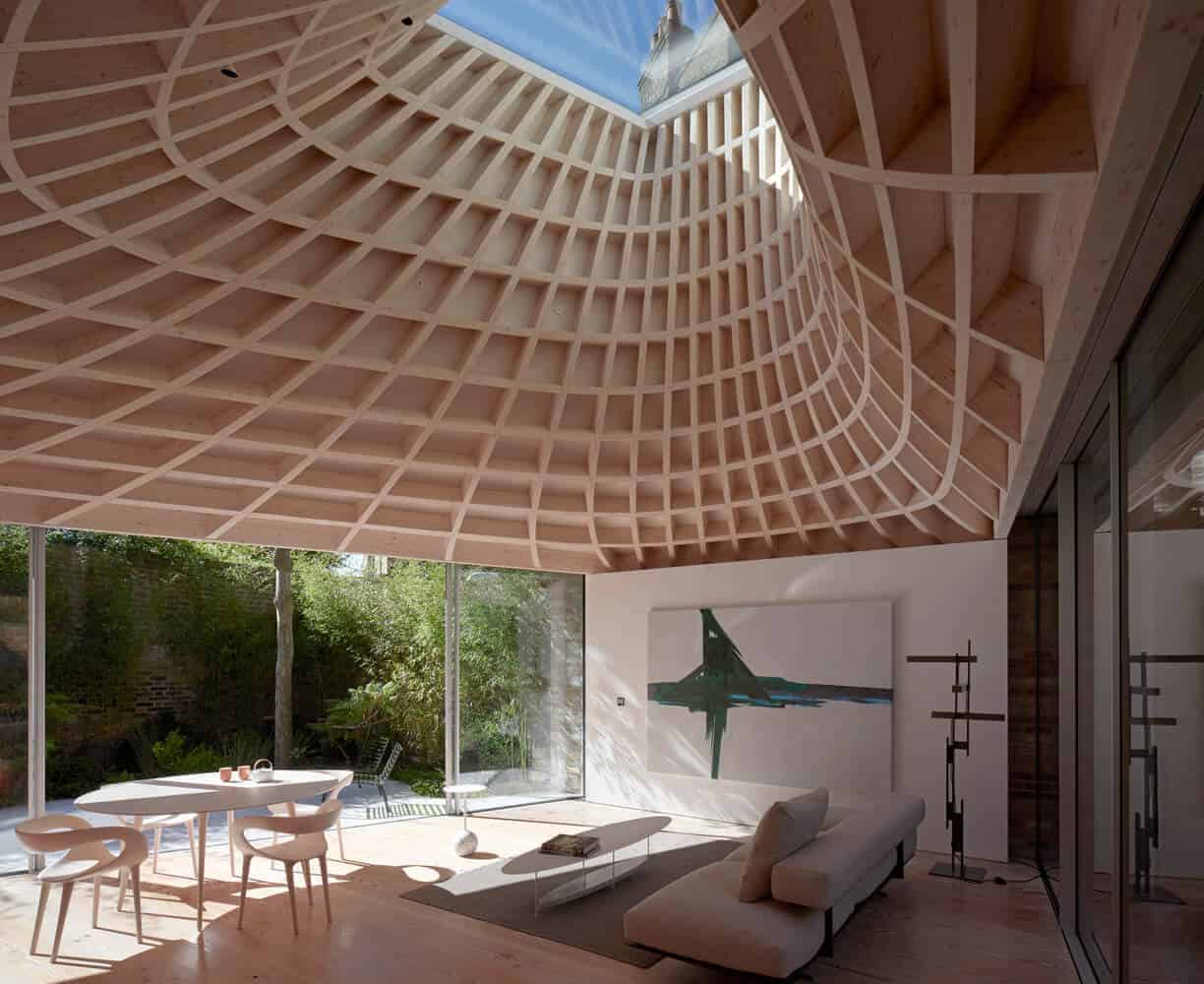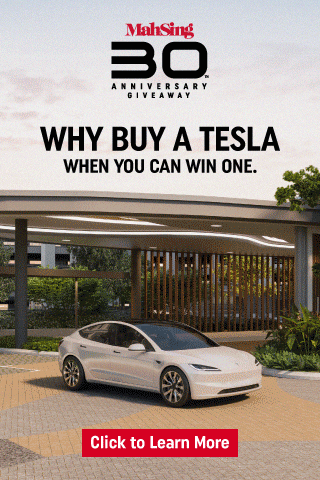7 Green Initiatives By Ferringhi Residence 2 That Buyers Should Know
Batu Ferringhi. Well-known as a weekend holiday destination filled with memories of scenic beaches, seafood restaurants, and a variety of night bazaars selling goods ranging from street food to household items, to batik clothing! Ferringhi Residence 2 is close enough to the beach yet maintains its distance away to accommodate residents that prefer a bit of peace and quiet at times.
With so much nature surrounding Ferringhi Residence 2, it is vital to minimize residents’ impact on the environment. Ferringhi Residence 2 is certified with Provisional BCA Green Mark Gold certification which is a green building rating system designed to evaluate a building’s environmental impact and performance. Therefore, residents can be assured that the development of their home, Ferringhi Residence 2, was built with a high emphasis on sustainability. Here are some key features:
1. True cross ventilation
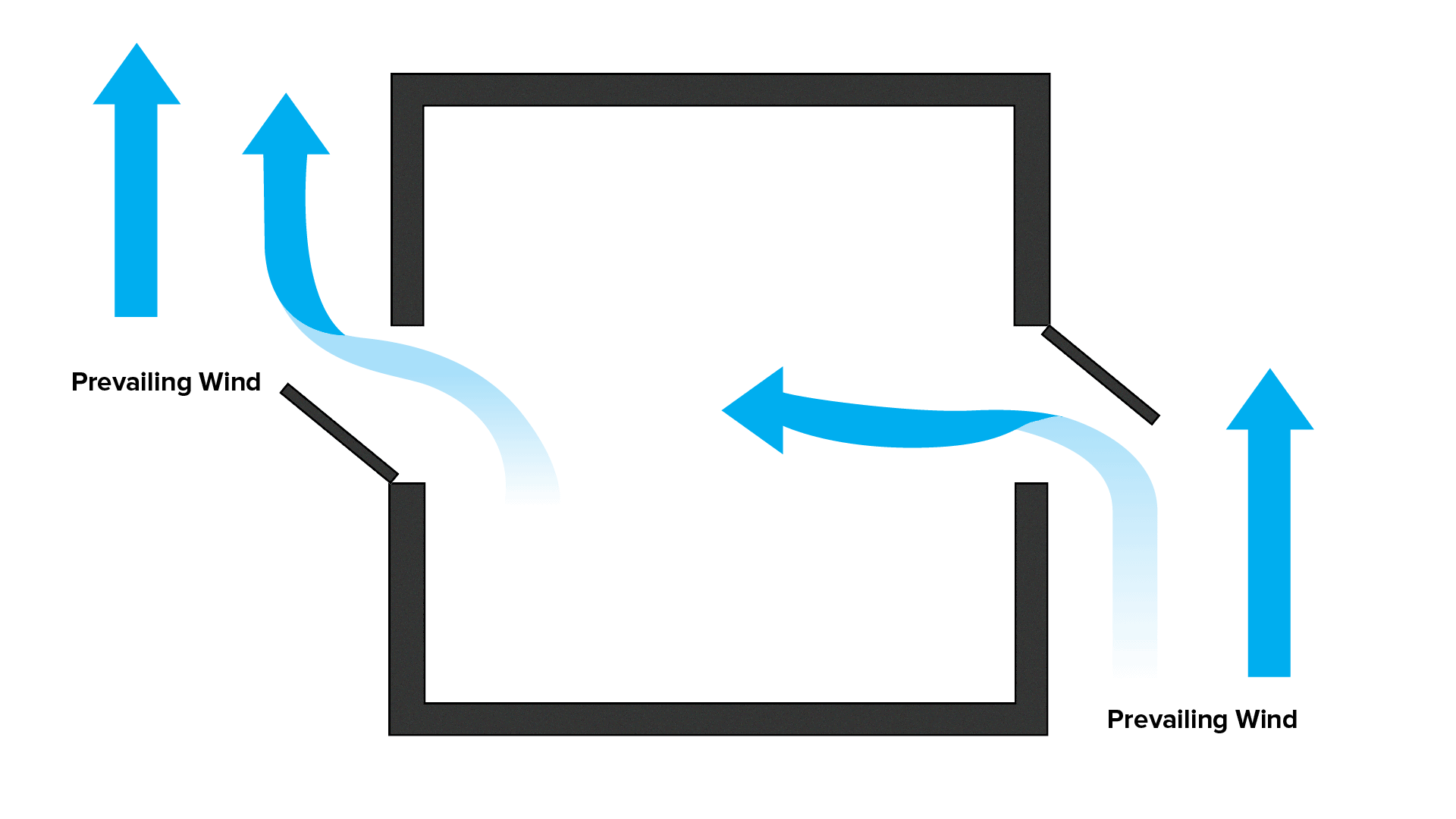
Sustainable design is not complete without true cross ventilation. So, the layout of Ferringhi Residence 2 development is well designed enabling true cross ventilation for the dwelling units. How does it work? Rather than using machine-driven mechanisms, fresh air is supplied into indoor areas and expelled through a difference in wind pressure and temperature. This alleviates environmental impacts by lowering the carbon footprint and energy emissions from using HVAC systems.
2. Energy efficient lighting
Energy-efficient lighting is provided for all common areas which will reduce the common area energy consumption. Generally, energy-efficient lightbulbs use about 25%-80% less energy compared to traditional incandescent lighting!
3. Low concrete usage

(Photo by Possessed Photography on Unsplash)
Ferringhi Residence 2 adopts designs with efficient use of concrete for building components, resulting in low concrete usage. Cement, which is the major component of concrete has a very high carbon footprint – carbon footprints can be simplified by measuring the amount of carbon dioxide (CO2) produced. According to cement.org, manufacturing a cubic yard of concrete (about 3900 lbs) is responsible for emitting about 400 lbs of CO2. Which is equivalent to the CO2 associated with using an average tank of petrol in a car!
4. WELS-rated water fittings
To reduce potable water consumption, WELS-rated water fittings are selected. Fun fact, WELS which stands for Water Efficiency Labelling and Standard is actually a labeling scheme initiated by the Australian Government to help Australians conserve both water and money.
5. Pneumatic waste collection
Use of pneumatic waste collection system, PWCS in short. What’s special about using PWCS is that it uses an automatic vacuum-type underground pipe network to collect household waste which will be transported through underground pipes to a closed container. The waste is then collected by trucks periodically for disposal. This system allows for environmentally friendly benefits from minimizing decomposition of waste to enabling separation of waste for recycling.
6. Non-chemical water treatment system
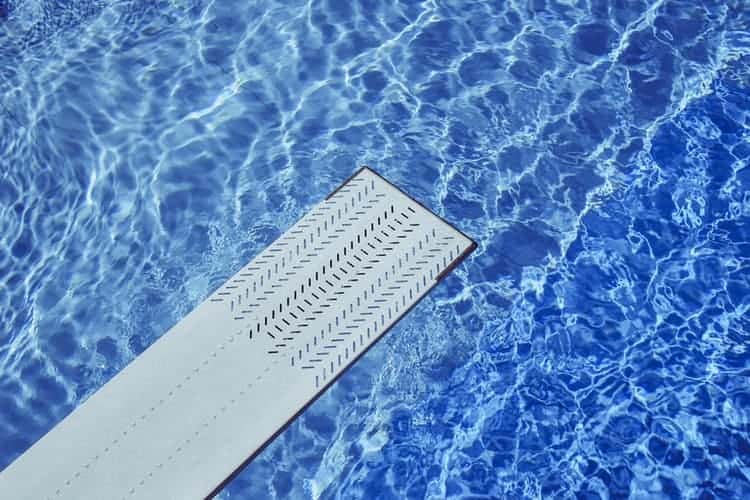
(Photo by Markus Spiske on Unsplash )
Non-chemical water treatment systems will be chosen for swimming pools in Ferringhi Residence 2 because the chemicals required for traditional pools can actually damage the environment. For traditional pools, the evaporated pool chemicals give rise to the production of greenhouse gases. Plus, the discharging and draining of chemically treated water has been known to create problems for waterways if not performed correctly.
7. Compost bins
Ferringhi Residence 2 will have the provision of compost bins to recycle organic waste. Did you know that the organic waste broken down in landfills produces methane, a greenhouse gas that is 21 times more powerful than CO2? However, waste broken down by composting does not produce methane.
Focusing on sustainability
With growing issues in environmental sustainability i.e. responsibly interacting with the planet to maintain natural resources and avoid jeopardizing the ability of future generations to meet their needs, we will continue to deliver and improve on these customer-valued sustainable features.











